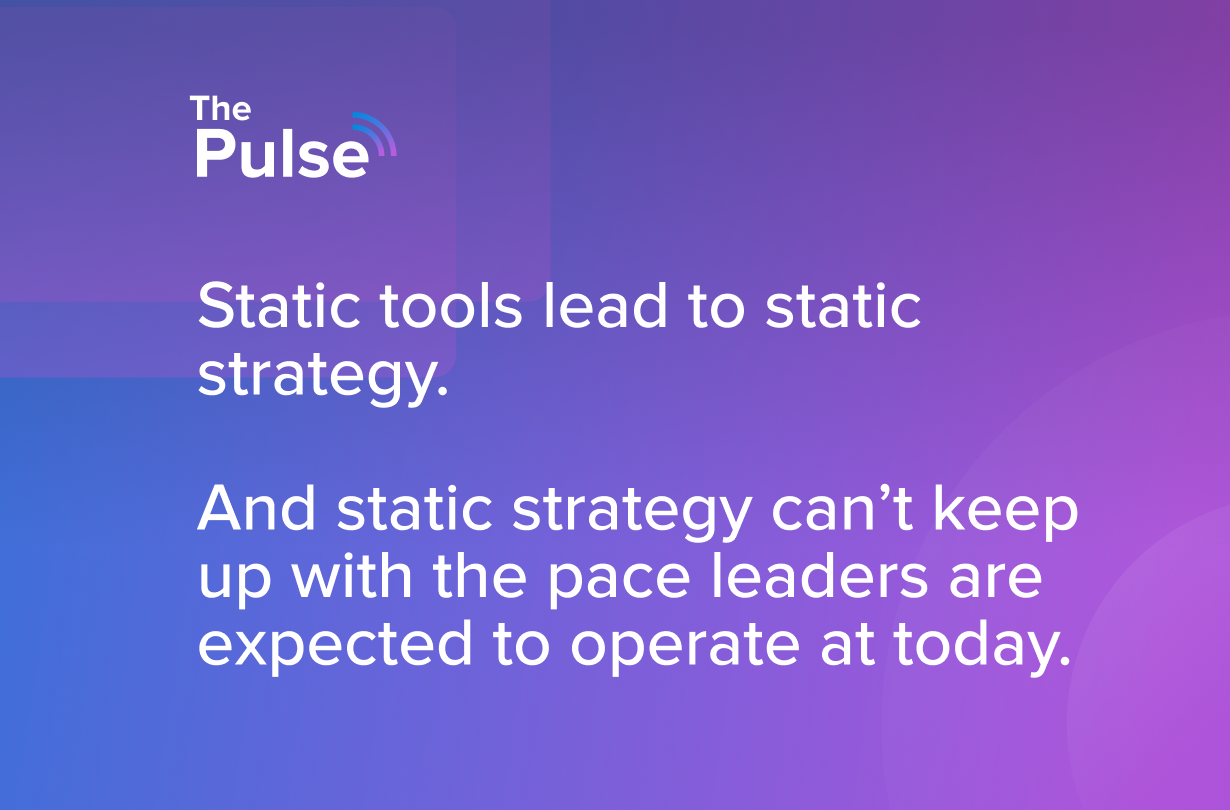
Ever since its inception in 1999, Salesforce has been the dominant force in Customer Relationship Management software. Known for its once revolutionary idea that software could simply live on a webpage, Salesforce paved the way for what software companies could potentially look like and become.
Think about all of the software tools you use today. We’d be willing to bet that the majority of those tools include a way to integrate into Salesforce. And Elate is no different. With Salesforce being the #1 CRM bringing company sales, marketing, and customer success teams together, our integration into Salesforce was one of the first areas we focused on.
In this blog, we’re going to spotlight three of the ways that Elate can help Salesforce users pull key insights from their data and get more out of their reporting.
1. Easily recreate any report that exists in Salesforce in Elate
For most companies using Salesforce, they’ve already done the hard work of manually selecting certain object fields and building out custom reports. Whether you’re analyzing your future pipeline, diagnosing what customers are up for renewal this quarter, or trying to figure out your current ACV, the report has been built and you know where to find it.
Our goal at Elate is not to have you start from scratch when it comes to your reporting. We’ve made it easier than ever to replicate any of your pre-existing reports you’ve come to rely on. When creating a new metric, we give you the option to simply select from a dropdown menu of reports you’ve previously created in Salesforce. All that’s left to do is select the report you’re looking for and hit finish. Boom! In no time, you can bring your reports in Salesforce to life.
One last thing. If you don’t have any reports built out in Salesforce, that’s okay. Our quick metric templates are still able to help you get to the heart of your data in just a few clicks. Here’s a small sample of some of the metrics you can choose from:
- Pipeline
- New Business
- New Business by Rep
- New Opportunities Created
2. Creating a Competitive Scoreboard for Sales teams
Ask yourself this question. Who are the individuals on your team that are the most competitive? What are the job titles that these competitive individuals have? In all likelihood, it is probably largely made up of the sales team.
That’s because most individuals in a sales role are competitive by nature. And what better way to foster that competitive spirit than by creating a scoreboard for your team to point back to? Maybe you’re measuring the amount of prospects your Sales Development team reached out to today. Or you could be running a spiff for which Account Executive converts the most introductory calls into a qualified pipeline this week. Whatever metric you’re pushing your team toward, Elate can help you get there faster by creating an easily shareable scorecard that measures success.
3. Custom object reporting that’s unique to your business
An aspect of Salesforce that’s allowed them to differentiate from competitors is that it allows users to easily customize object fields that are unique to their business. These custom object fields are oftentimes the foundation for critical metrics a business needs and tracks on a weekly, quarterly, and yearly basis.
For that reason, we knew the ability to report on custom object fields would be a ‘must have’ feature for our customers. And that’s why we made it easier than ever to bring your custom object fields into Elate. Similar to connecting into a pre-existing report, all you need to do is select from a dropdown menu of the field you’d like to report on when creating a metric.
One of the ways we see Elate users bringing their custom object fields to life in our platform is by creating stacked bar charts to measure the current pipeline. These stacked bar charts are then used to diagnose how much of the given pipeline has a high likelihood of closing. In turn, our users are able to accurately forecast on expected revenue for their business.
Revenue is said to be to the lifeblood of any company. And for many companies, all of the underlying data that points back and leads into revenue lives within their Salesforce account. By bringing your Salesforce data into Elate, you can start to measure all aspects of your what’s driving your company forward in one single view.
Stop using manual spreadsheets and start tracking your metrics in one place. Make data-supported decisions and build efficiency into your growth with real-time data powering the direction of your organization with Elate. Get started today.


